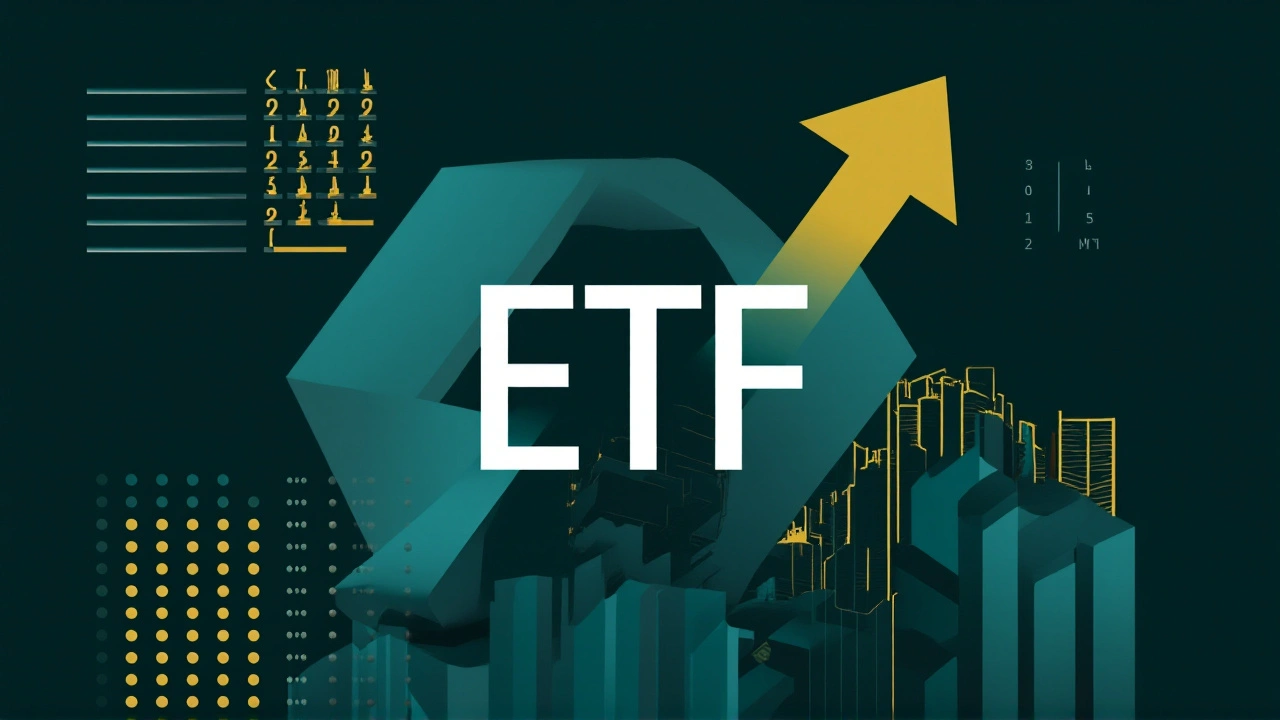ETF Share Classes: What They Are and Why They Matter
When talking about ETF share classes, different share types an exchange‑traded fund offers, each with its own fee and dividend profile. Also known as share class variations, they let investors pick the cost and tax treatment that fits their needs. An exchange‑traded fund, a basket of securities traded on an exchange like a stock can issue several classes. ETF share classes encompass multiple fee structures, affect dividend distribution, and influence tax efficiency. Each class comes with its own expense ratio, the annual fee expressed as a percentage of assets under management, and may follow a distinct distribution policy, the schedule and type of income paid to shareholders. These three entities—fee, distribution, and tax treatment—form the core decision triangle for any investor looking at ETF share classes.
Key Factors to Compare Across Share Classes
The first factor most readers notice is the expense ratio. A Class A share might charge 0.12% while a Class C share could sit at 0.20%, reflecting differences in management, marketing, and service costs. Next, look at the distribution policy. Some classes pay dividends monthly, others quarterly, and a few reinvest automatically (the so‑called accumulating class). Finally, tax treatment varies: in many jurisdictions, certain classes reduce withholding tax on foreign dividends, making them attractive for tax‑sensitive investors. This relationship—"share class structure influences expense ratios"—is a common semantic triple you’ll see across the articles below. Another triple is "ETF share classes determine distribution policy", highlighting how dividend timing can change your cash flow needs. Understanding these links helps you match a class to your investment horizon and budget.
Beyond fees and payouts, investors often ask whether a share class is suited for active or passive strategies. An active ETF that frequently trades might have higher transaction costs baked into its class fees, whereas a passive index‑tracking ETF usually offers a low‑cost accumulating class. This creates the triple "active ETFs require higher expense ratios than passive ETFs". Moreover, some providers bundle services like advisory access or a dedicated client portal with premium share classes, adding value beyond the raw cost numbers. When you weigh these extra services against the higher expense ratio, you’re essentially evaluating the trade‑off between convenience and cost—another essential semantic connection.
In practice, the right class depends on three questions: How much are you willing to pay for management? Do you need regular cash flow or can you let earnings compound? And what tax rules apply to your situation? The post collection that follows breaks down real‑world examples— from European market ETFs with multiple share classes to US‑based funds that offer both accumulating and distributing options. You’ll see how each factor plays out in actual fund choices, giving you a practical roadmap to pick the class that aligns with your financial goals. Let’s dive into the articles and see these concepts in action.




